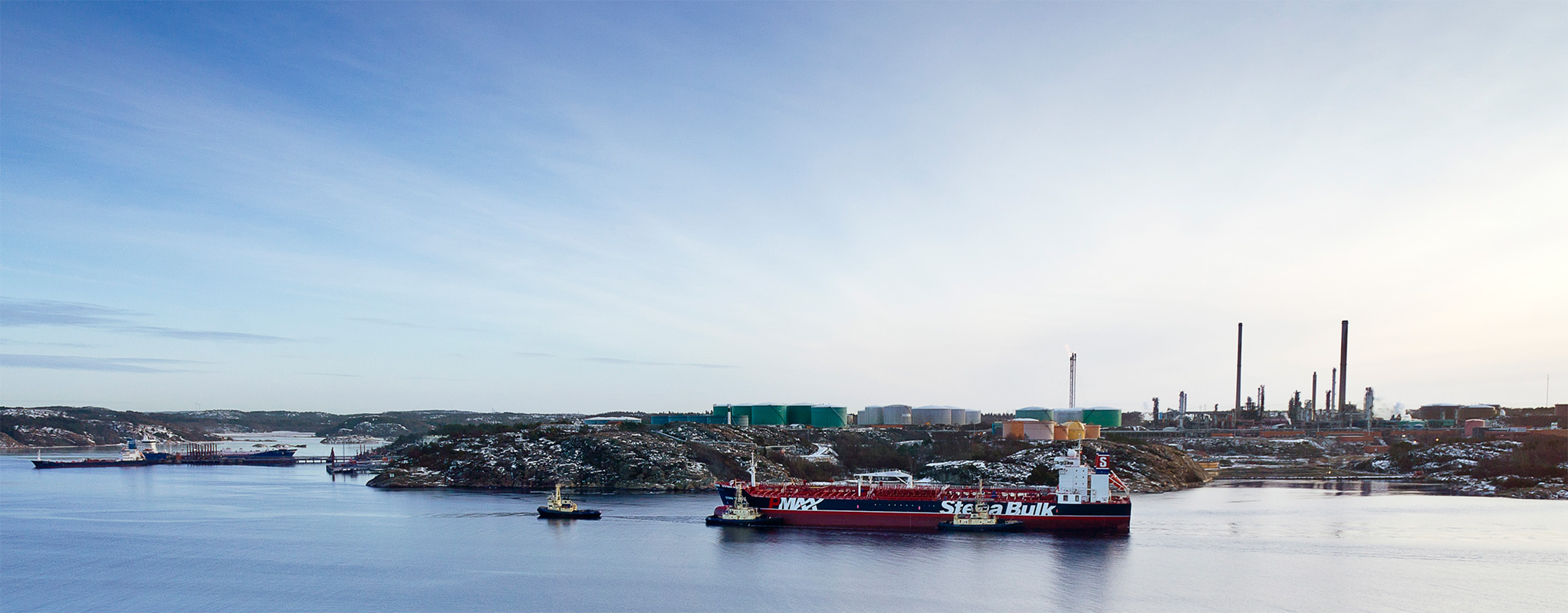Concordia Maritime’s application for delisting has been approved
Concordia Maritime AB (publ)’s (“Concordia Maritime”) application for delisting of Concordia Maritime’s class B shares has now been approved by Nasdaq Stockholm. The last day of trading on Nasdaq Stockholm will be 6 February 2024.
Related content
Notice to attend Extraordinary General Meeting of Concordia Maritime AB (publ)
Stena Sessan AB requests compulsory buy-out and Concordia Maritime applies for delisting

